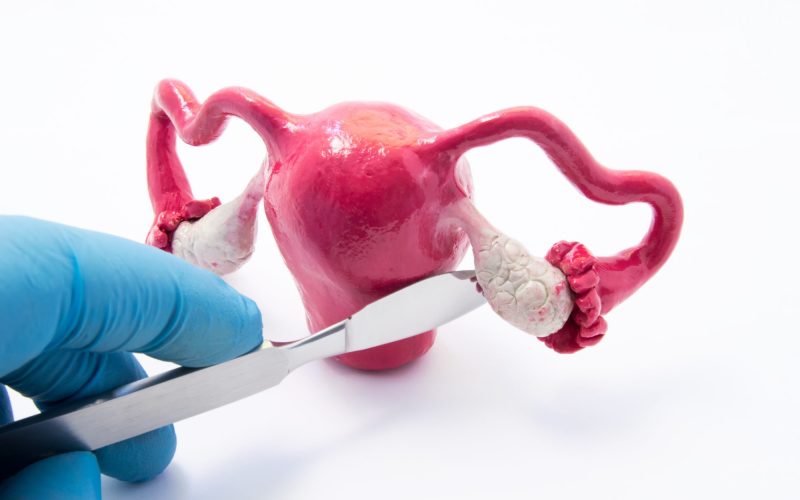What is Primary Ovarian Insufficiency (POI)?
Premature Ovarian Insufficiency (POI), previously known as premature ovarian failure, is a rare medical condition characterized by the premature cessation of ovarian function before the age of 40. The ovaries, which are responsible for producing and releasing eggs during ovulation, as well as crucial hormones for menstruation and pregnancy, cease to function adequately in individuals with POI.
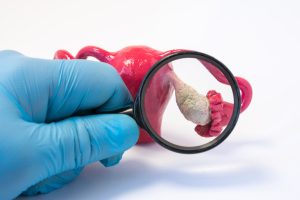
How Common is POI?
Though Premature Ovarian is considered a rare condition, it significantly impacts the lives of about 1% of women or individuals assigned female at birth (AFAB) aged 15 to 44. Contrary to common misconceptions, it can affect both those who have had children and those who haven’t. Notably, POI tends to be more prevalent in individuals older than 30.

How Does POI Affect the Body?
The primary consequence of POI is a significant reduction in estrogen levels. This hormonal imbalance can lead to symptoms akin to those experienced during menopause, including hot flashes, decreased libido, and mood changes. Furthermore, individuals with POI face an elevated risk of osteoporosis, heart disease, and other health conditions.
Moreover, POI often results in infertility due to irregular ovulation patterns. However, it’s essential to note that around 5% to 10% of those diagnosed with POI may spontaneously conceive without infertility treatment, as intermittent ovulation can still occur. This nuance has led to the alternative term “decreased ovarian reserve.”
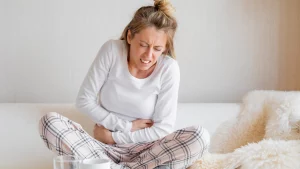
Symptoms and Causes
Symptoms of POI
Recognizing the symptoms of POI is crucial for early detection and intervention. Symptoms may vary, and while some individuals may experience abrupt cessation of regular menstrual periods, others may endure months or even years of irregular cycles. Common symptoms include:
- Irregular or missed periods
- Difficulty getting pregnant
- Decreased sex drive
- Trouble concentrating
- Irritability
- Dry eyes
- Hot flashes and night sweats
- Vaginal dryness leading to painful sex

Causes of POI
Determining the root causes of POI can be challenging, as healthcare providers often classify a significant portion of cases as idiopathic (of unknown origin). However, research suggests that up to one-third of cases may have a hereditary component. Other known causes include:
- Autoimmune disorders (e.g., Addison disease, rheumatoid arthritis, thyroid disease)
- Cancer treatments (chemotherapy and radiation)
- Genetic disorders (Turner syndrome, Fragile X syndrome)
- Hysterectomy (surgery to remove the uterus)
- Infections (e.g., mumps, HIV)
- Prolonged exposure to toxins (chemicals, pesticides, cigarette smoke)
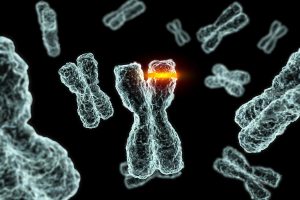
Diagnosis and Tests
Diagnosing POI
Diagnosing POI involves a comprehensive approach. Healthcare providers typically conduct a physical and pelvic exam, inquire about medical history, and perform various tests, including blood tests to measure hormone levels (follicle-stimulating hormone (FSH), estrogen, prolactin), karyotype testing to identify genetic disorders, pelvic ultrasound to examine ovaries and uterus, and pregnancy tests.
POI is diagnosed if an individual is under 40 years old and exhibits either the absence of periods or irregular periods, coupled with hormone levels indicative of menopause.
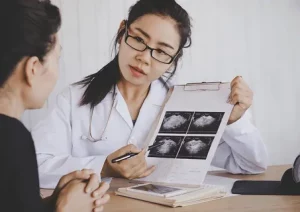
Management and Treatment
Treatment Approaches
Managing POI necessitates a tailored approach based on factors like age, symptoms, and fertility desires. Treatment aims to:
- Replace hormones no longer produced by ovaries
- Address symptoms and side effects of POI
- Reduce the risk of conditions associated with POI
- Treat underlying conditions exacerbating POI symptoms
Hormone Replacement Therapy (HRT)
HRT is a common approach, involving the administration of hormones that the ovaries are no longer producing. This may include estrogen or a combination of estrogen and progesterone. HRT helps alleviate symptoms like night sweats and vaginal dryness, reducing the risk of osteoporosis and associated conditions. Administration methods vary, including pills, creams, gels, patches, or vaginal rings.
HRT is typically continued until the age when natural menopause would typically occur (around 51 to 52). Before starting HRT, individuals should discuss the benefits and risks with their healthcare provider to determine the most suitable approach.
In addition to HRT, other complementary treatments may include:
- Calcium and vitamin D supplements to lower osteoporosis risk
- Regular exercise, weightlifting for bone health, and maintaining a healthy weight
- Exploring fertility treatment options for those desiring to expand their family
- Discussing birth control with the healthcare provider for those not wishing to conceive
Can POI be Reversed?
Regrettably, POI is irreversible. While treatments can manage symptoms, side effects, and associated conditions, the ovaries cannot be made to function normally again.
Living With POI
Living with POI presents both physical and emotional challenges. Support groups and counseling can play a crucial role in helping individuals cope with feelings of sadness and loss, especially when fertility aspirations are affected.
Prevention
Preventing POI
Preventing POI is challenging, and there are limited options available. Individuals at higher risk for POI may consider fertility preservation if they wish to have children. Consultation with a healthcare provider is essential for those concerned about their risk.
Risk Factors for POI
Identified risk factors for POI include:
- Age over 35
- A biological parent with POI
- Autoimmune disorder or specific genetic conditions
- History of pelvic surgery, chemotherapy, or radiation

Outlook / Prognosis
Prognosis and Associated Conditions
POI is typically a permanent condition. Most individuals with POI require long-term hormone therapy to manage symptoms and mitigate complications. The emotional impact of POI, particularly in terms of fertility aspirations, often necessitates additional support through counseling and support groups.
Conditions associated with low estrogen levels in POI include:
- Osteoporosis
- Heart disease
- Hypothyroidism (underactive thyroid)
- Infertility
- Anxiety and depression
Seeking Medical Advice
When to Consult a Healthcare Provider
It’s crucial to seek medical advice if menstrual periods are missed for three consecutive months. Potential causes, including pregnancy, stress, or hormonal fluctuations, can be assessed by a healthcare provider. explore and treat other health issues

Conclusion
In conclusion, a comprehensive understanding of POI empowers individuals to navigate its complexities effectively. By being informed about the causes, symptoms, diagnosis, and treatment options, individuals can make informed decisions about their reproductive health. Seeking support, both medically and emotionally, plays a vital role in coping with the challenges posed by POI.






